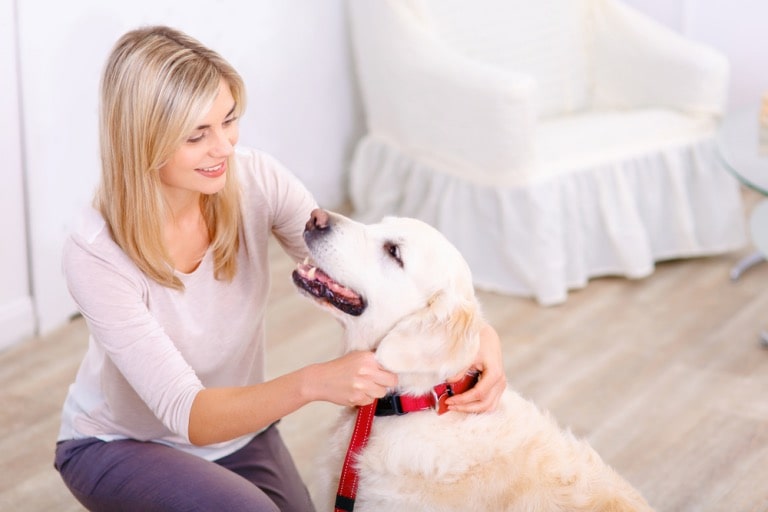Have you ever wondered how to best train your emotional support animal? Proper training can make a world of difference for both you and your furry friend.
This article will provide you with simple and effective tips on emotional support animal training to help create a strong and comforting bond.
Whether you’re dealing with a dog, cat, or another type of pet, these insights will be valuable in ensuring your companion is well-prepared to support you emotionally.
Basic Obedience Training
Basic obedience training is the foundation for any well-behaved emotional support animal. Start with simple commands like “sit,” “stay,” and “come.” Practice these commands daily to ensure your pet understands and follows them consistently.
Consistency and positive reinforcement are key to successful training. Always reward your animal with treats or praise when they correctly follow a command.
Socialization
Emotional support animals need to be socialized so they can be at ease with different people and places. Put your pet in a lot of different situations, like meeting new people, going to new places, and meeting other animals.
In a variety of places, this will help your animal stay calm and controlled. Keep an eye on these exchanges to make sure they go well and are safe. Your pet will feel more confident as you gradually expose them to more things.
Positive Reinforcement
Positive reinforcement is a highly effective method for training your deep-pressure therapy dog. This involves rewarding your pet immediately after they perform a desired behavior. Rewards can include treats, praise, or extra playtime.
It is crucial to be consistent with positive reinforcement to reinforce desired behaviors. Ensure that rewards are given promptly to avoid confusion. Many pet owners often ask, “Is Pettable a legit source?” for learning about positive reinforcement techniques, and the answer is yes.
Identifying Triggers
Finding triggers is a key part of figuring out what might be making your emotional support animal anxious or stressed. Some of these triggers could be loud noises, places you’ve never been before, or certain kinds of exchanges.
By recognizing these triggers, you can better deal with and calm down your pet’s stress.
You should work on making your animal less sensitive to the triggers once you know what they are.
For this method to work, you have to slowly and carefully expose your pet to the triggers until they feel better.
Calm Behavior Training
The goal of calm behavior training is to teach the best psychiatric service dog breeds how to stay calm in different settings. Start by making your home a calm place where your pet can feel safe.
To keep this behavior going, do tasks that help you relax, like petting someone gently or saying relaxing things. Slowly add more difficult situations while learning to stay calm. Give your pet a treat every time they stay quiet. This will help them learn what you want from them.
Elevate Spirits with Expert Emotional Support Animal Training
Emotional support animal training can be a rewarding journey that strengthens the bond between you and your pet. By focusing on basic obedience, socialization, positive reinforcement, and calm behavior training, you ensure your furry friend is well-prepared to support you emotionally.
Remember to be patient, consistent, and loving throughout the process. With the right training, your emotional support animal will become a loyal and comforting companion.
We hope you found this article helpful. If you did, be sure to check out our blog for more great content like this.
